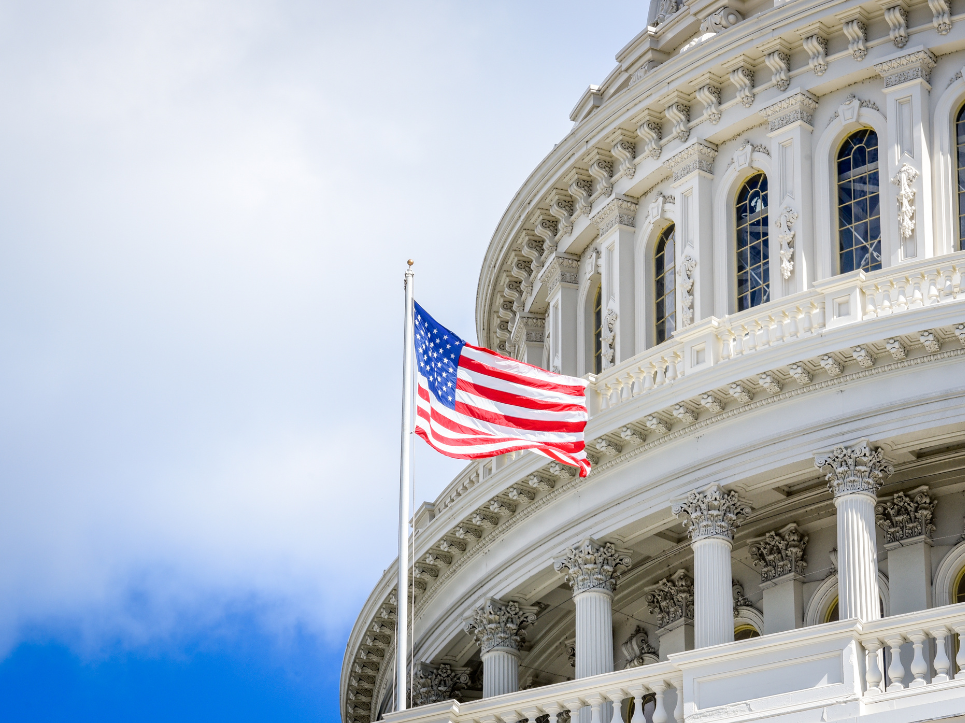
The 2024 US election is under way. With the Iowa caucus and New Hampshire primary behind us, political conversations are ramping up and will seem almost unavoidable with over $12 billion expected in ad spend. No matter what side of the aisle you may fall on, it seems brands are being thrust into the conversations or working diligently to sidestep them.
The 2024 election presents a unique set of risks for advertisers as they navigate the evolving media landscape with its ability to amplify political views that could alienate a significant portion of their consumer base. Here, MediaSense Client Director, Michael Giuggio highlights key watchouts, and the challenges advertisers should consider to help carefully maneuver through the media frenzy surrounding the 2024 election.
Brand Safety
Brand safety remains a paramount concern for advertisers, especially during highly polarized political timeframes. The 2024 election is expected to be no exception, with the potential for controversial topics and misinformation. Advertisers must implement robust brand safety measures to avoid association with harmful content or inadvertently funding misinformation campaigns.
Advertisers should start with a curated set of quality news partners and complement this with robust ad verification to ensure their media is running in compliance with their brand safety & suitability guidelines. Given political hot topics and conversations constantly evolve, advertisers should have their keyword and site block list updated and monitored regularly.
Social Media
The role of social media in shaping political narratives has become a defining feature of recent elections. Platforms like Meta and X have had enormous influence in disseminating information and shaping public opinion. Advertisers must navigate the complexities of these platforms, understanding their power and potential risk in 2024. One key watchout is the spread of misinformation. The 2024 election is likely to see an increase in fake news on social platforms. Advertisers must be cautious about the content they share, and surround themselves with on social media platforms, ensuring they remain neutral and safeguard messaging.
Artificial Intelligence (AI)
AI has been a polarizing topic in 2023 and will no doubt become both a tool and a topic of conversation in the 2024 election. We’ve seen this past year how the politics around AI-job replacement brought the entire entertainment industry to a grinding halt, with AI being one of the key drivers of writers and actors strikes in the US.
As technology continues to advance, AI plays an increasingly integral role in advertising strategies and activation as well. AI enables precise targeting, personalized content delivery, and efficient media buying. As brands continue to integrate AI into their businesses and pressure agencies for efficiencies and savings using AI, they must be prepared for the backlash from groups who view it with significantly more skepticism.

Diversity, Equity, and Inclusion (DE&I)
DE&I is a polarizing and, importantly, unsettled topic in current political discourse. You need not look any further than the consumer backlash Bud Light, Target, and Disney have recently faced for the strategies they’ve taken. In addition, recent Supreme Court decisions (SFFA v. Harvard; SFFA v. UNC) have put the legality into closer scrutiny. Aside from broader marketing efforts, in recent years, progressive approaches to DE&I have featured prominently in commercial arrangements with media agencies, whether through talent briefs or media investment decisions. As organizations consider the role of DE&I in their media efforts, they should thoroughly consider how to approach this hot-button topic with risk-mitigation and consumer-centricity in mind.
Greenrushing & Greenhushing
Environmental concerns will likely be a significant issue on the table during this year’s debates, and many brands have openly incorporated their sustainability and ‘Green’ efforts into recent marketing campaigns. The concept of ‘Greenhushing’ (or Green Silence) to dial down this messaging and avoid backlash may become more prevalent during an election year. Brands will need to decide for themselves how strongly they wish to amplify their sustainability and climate-change efforts during the election period. Ideally, brands will remain true to their beliefs but should also discuss with their agencies how best to navigate at a particularly divisive moment.
The 2024 election presents a myriad of challenges for advertisers seeking to navigate the landscape. Advertisers must approach their media activity with a strategic mindset. They should watch out for politically charged environments and maintain some level of neutrality throughout the process.
However, brands should not abandon their values and core DNA, or they could risk alienating some of their most valuable consumers. Understand and value your audience’s expectations around politics and social issues, have proactive discussions with agencies, media platforms and publishers. Marketers will be making more concerted efforts to safeguard brands during this election year, and the American public will be watching how brands show up almost as closely as they will be watching the candidates.